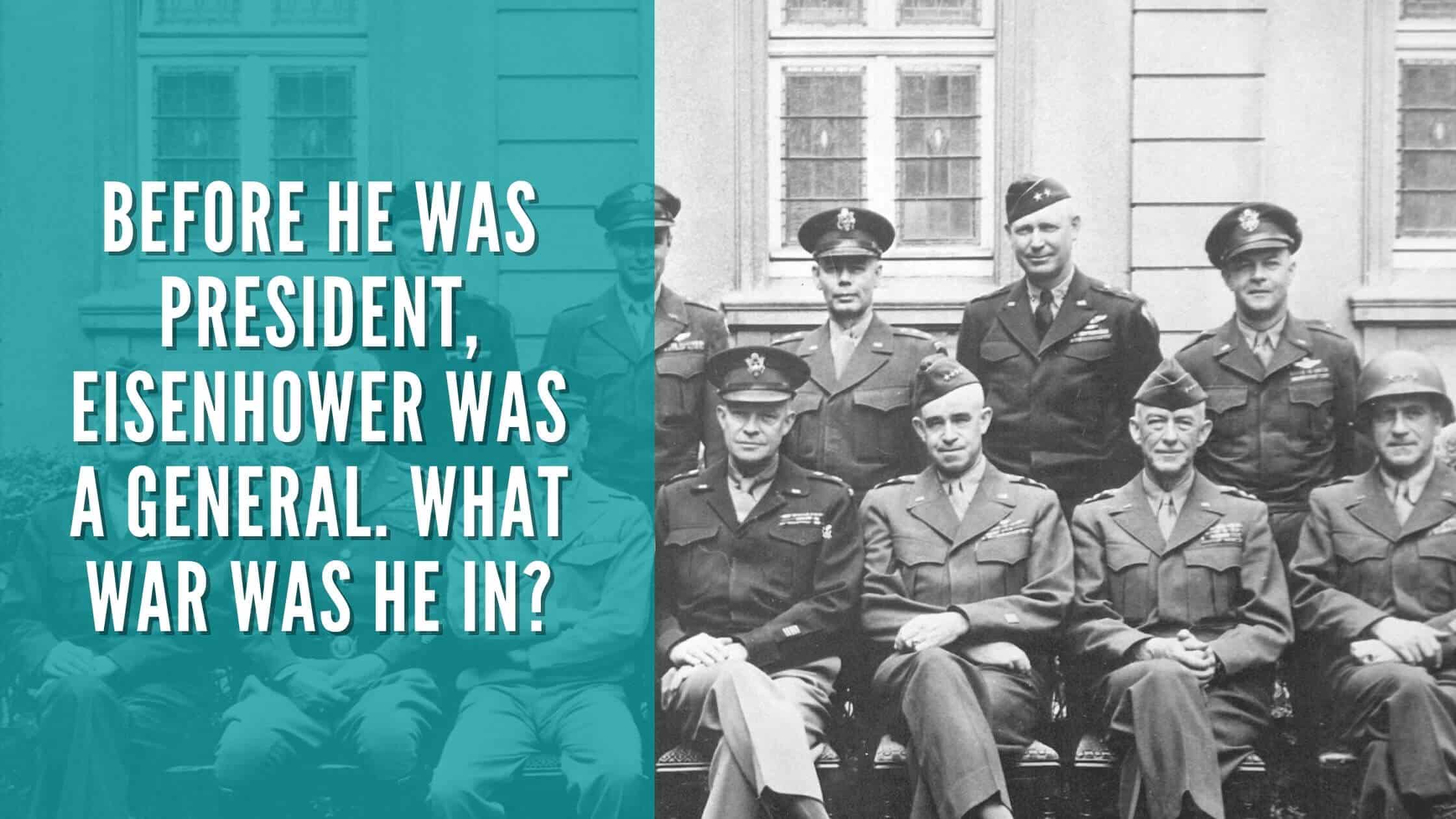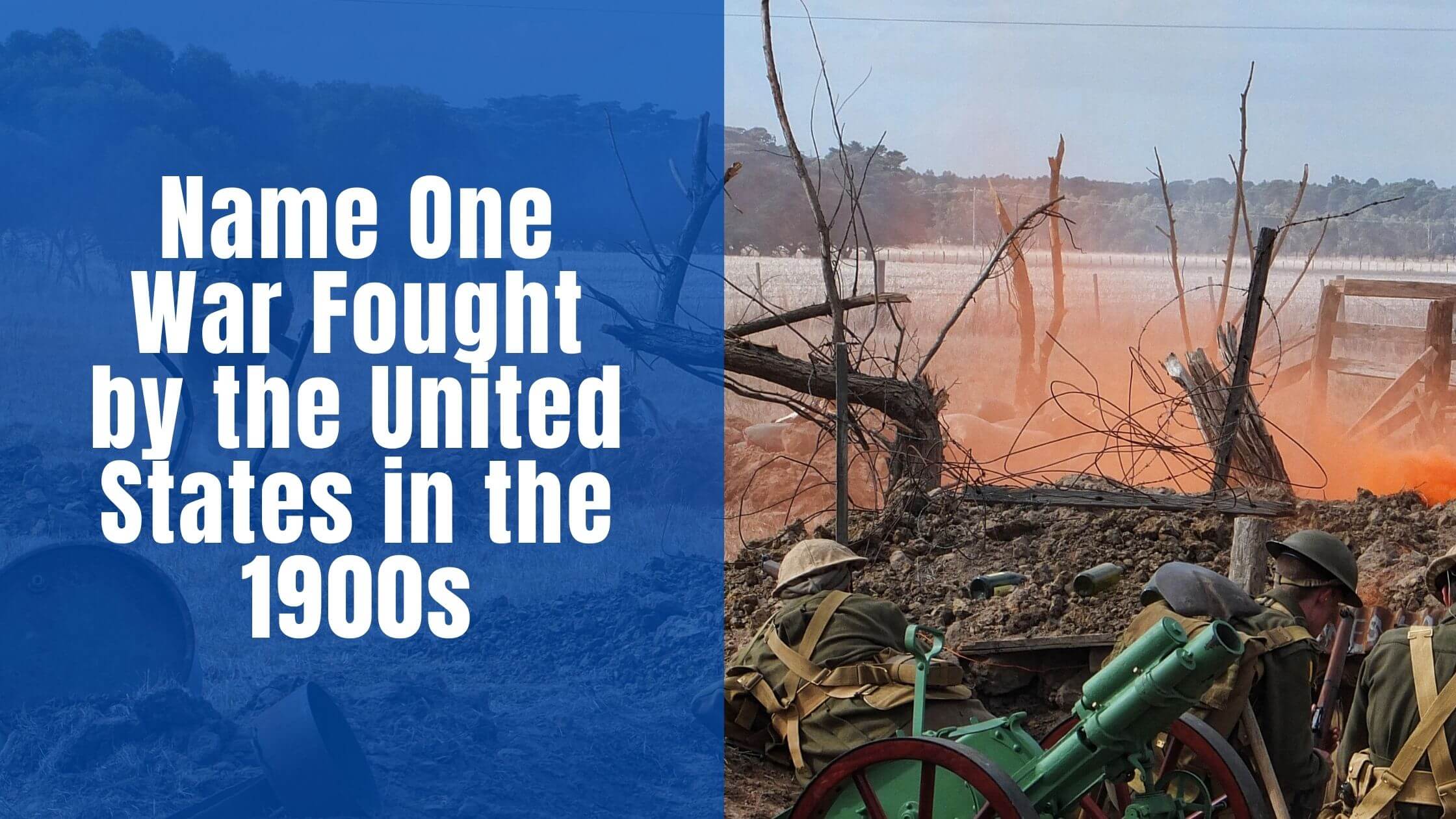Table of Contents
ToggleThere Are Nine Justices on the Supreme Court
The Supreme Court, as we know it today, was created by the Judiciary Act of 1789. Today, the Supreme Court, also known as SCOTUS, acts as the court of last resort and is considered the head of the federal judicial system.
The Role and Powers of the Supreme Court
Its main job is to interpret the Constitution and decide whether laws or government actions follow it.
The Supreme Court gained the power of judicial review in 1803 through the case Marbury v. Madison, allowing it to strike down laws that violate the Constitution.
The United States Constitution does not state how many justices should serve on the Supreme Court. Under Article III, Section 1, it gives Congress the authority to organize the federal courts, which includes deciding the number of justices.
This number changed several times in the early years of the Court, but Congress set it at nine in 1869, and it has remained that way since.

Get Smarter on US News, History, and the Constitution
Join the thousands of fellow patriots who rely on our 5-minute newsletter to stay informed on the key events and trends that shaped our nation's past and continue to shape its present.
Judiciary Act of 1789
Creation of the Judicial Branch
The organization of the Supreme Court and lower courts began with the Judiciary Act of 1789. Article III of the Constitution created the judicial branch but left it to Congress to decide how the courts would be organized.
Early Debates and the Bill of Rights
When the federal courts were first established, anti-Federalists argued that the Supreme Court and the federal judiciary would be used as an instrument of tyranny. Some anti-Federalists worried the new federal courts could abuse their power.
Protections later added in the Bill of Rights, such as the Fourth Amendment and Eighth Amendment, helped limit government overreach and protect individual rights.
The Federal and State Court Systems
Congress then set up the full federal court system, including District Courts, Courts of Appeals, and the Supreme Court. This system made sure federal laws were applied the same way across all states. In doing so, states created their own court systems for handling local laws at the city, county, and state levels while leaving the enforcement of federally enacted statutes to the District Court system.
Appointment and Confirmation Process
How Justices Are Appointed
The President nominates candidates for the Supreme Court, and the Senate decides whether to confirm them. This process is based on Article II, Section 2 of the Constitution, known as the Appointments Clause.
The Constitution does not list any requirements for who can become a justice. The President can nominate anyone, and the Senate can choose to confirm or reject the nominee.
A Change in the Number of Justices
Changes Over Time
The number of justices changed several times in the Court’s early years:
1789: Judiciary Act set the Court at six justices.
1801: Plan to reduce to 5 (never took effect).
1802: Restored to 6.
1807: Increased to 7.
1837: Increased to 9.
1863: Increased to 10.
1866: Reduced to 7 (never fully implemented).
1869: Set permanently at 9.
Why the Court Expanded
In the early 1800s, Supreme Court justices often traveled long distances by carriage to hold trials in other parts of the country. Because of this travel, it was hard for all justices to meet in the capital. To help with the workload, Congress added more justices in 1807.
The first time the Supreme Court featured nine justices was in 1837. But by 1863, that number was increased once again to 10. This was then followed by the Judicial Circuits Act of 1866, which was passed to reduce the number of justices in the court to seven.
Since the Judiciary Act of 1869, the Supreme Court has had nine justices. The group includes one Chief Justice and eight associates.
The Chief Justice
Constitutional Basis of the Position
The Constitution mentions the Chief Justice in Article I, Section 3, Clause 6, stating that the Chief Justice presides over presidential impeachment trials. Congress established the position itself through the Judiciary Act of 1789.
Appointment and Tenure
The President may choose a current justice or someone from outside the Court to serve as Chief Justice. The position is not based on seniority. There are no term limitations on the appointment of a Supreme Court justice. Once a justice has been appointed to the court through the confirmation process, they will remain a member of the court until they retire, pass away, or are otherwise impeached.
The Constitution says justices serve ‘during good Behaviour,’ which means they can stay on the Court for life unless removed through impeachment. This lifetime tenure helps protect judges from political pressure so they can make decisions independently.
Responsibilities and Authority
The Chief Justice oversees the administration of the federal court system and presides over the Supreme Court’s public sessions, but all justices have equal votes in decisions.
Notable Chief Justices
Founding Father John Jay was appointed the first Chief Justice of the United States Supreme Court by George Washington in 1789. No woman has ever been appointed Chief Justice. Still, notable recent female Supreme Court Justices include Sonia Sotomayor, Amy Coney Barrett, Elena Kagan, and the now-deceased Ruth Bader Ginsburg.
Supreme Court Justice Resources:
- https://www.supremecourt.gov/about/justices.aspx
The official Supreme Court website provides current information about the justices, confirming there are nine justices (one Chief Justice and eight associate justices). - https://www.senate.gov/about/powers-procedures/nominations.htm
The U.S. Senate’s official page explains the nomination and confirmation process for Supreme Court justices, supporting the post’s discussion of presidential nominations and Senate confirmations.











